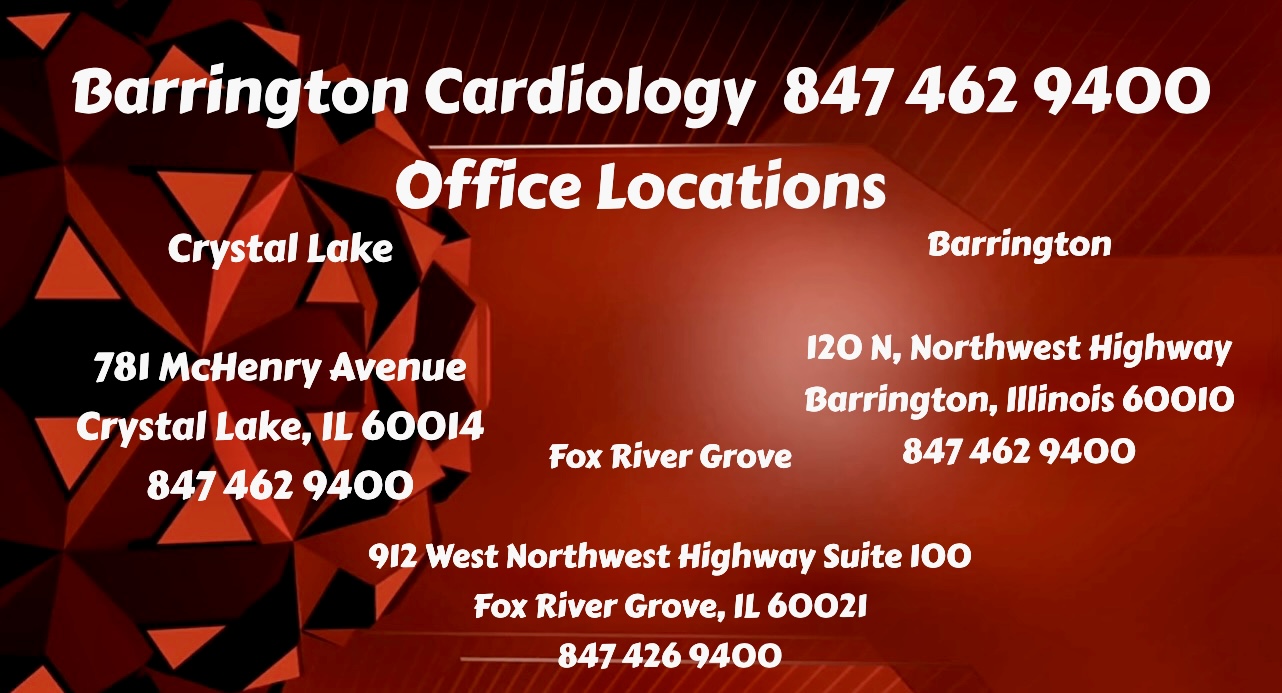Vein disorder and varicose veins. Symptom recognition. Diagnosis and treatment plan
Venous disease is a progressive disorder , but its symptoms can be treated and the progression of the disease can be halted by outpatient procedures.
Vein disease manifests as a cosmetic nuisance or can progress to significant skin changes , recurrent skin infections difficult to treat , skin ulcers , resulting in major increased morbidity and mortality
What is venous insufficiency
Leg veins contain one-way valves that allow blood to flow in one direction and return to the heart even against gravity. When the valves become incompetent and diseased or leak , blood pools in the leg veins, and the veins can become enlarged building preasure , visible under the skin , bulging , what we call varicose veins .
Symptoms can develop due to impaired blood flow in the affected veins before bulging varicosities appears . The sooner we diagnose and treat these veins after symptoms are present the better the outcomes are

Symptoms of varicose veins and venous insufficiency
Painful Varicose veins
Recurrent swelling
Cramping, throbbing,
Heaviness
Fatigue
Night cramps
Itching
Restless legs
Numbness
Skin changes, hyperpigmentation, red dots, hypopigmentation, redness, induration
Recurrent skin infection , celulitis
Skin breakdown and ulceration, non healing ulcers
Bleeding of ruptured varicosities
Key points
Venous disease should not be defined as varicose veins only; venous disease means much more than varicose veins and the abcense of varicose veins does not exclude venous disease . One may have significant venous disease by symptoms and ultrasound without bothersome visible varicose veins but with other clinical sequelas of vein disease : recurrent skin infections , skin induration , hyper pigmentation , what we call venous stasis dermatitis . This form of vein disorder left untreated may progress to venous ulcer .
What you should expect on the first office visit
Physical examination and venous ultrasound are essential components of venous disease evaluation , together with the symptom recognition . These three components will play a role in deciding weather you need to proceed with medical therapy or you are a candidate for aggressive invasive treatment .
-
At your first appointment you will be seen by a cardiovascular physician and a full history and physical evaluation will be performed .
-
The first visit is followed by a venous duplex ultrasound to evaluate all veins in the leg and determine the status and the degree of diseased segment as well as the precise location and distribution of the affected veins .
-
A treatment plan usually follows , which may be conservative- noninvasive or procedural – invasive depending on the degree and extend of your disease . The treatment plan , options , approach , procedure , will be discussed at the second visit , after reviewing the ultrasound
-
You may be a candidate for medical therapy or invasive procedures
Medical therapy remains the cornerstone of venous treatment and its benefits has been proven even after the procedural approach . It has to be done according to specific guidelines in order to be effective .
It consists in wearing compression stockings knee height 30-40 mhg most of the hours of the days , avoiding prolonged standing , enforcing leg elevation
Invasive procedural therapy has been proven to be safe and efficient .It involves the following procedures:
-
Radiofrequency ablation – closure of the vein by radio wave energy (VNUS)
-
Laser ablation – closure of the vein by laser energy.
-
Phlebectomy – removal of bulging varicosities
-
Sclerotherapy – chemical destruction of the vein.
Read more about procedures :
http://womensnewlookandhealthin21stcentury.com/where-is-the-line-between-cosmetic-and-medical-varicose-vein-disease/
Like this:
Like Loading...


George B. Swietczak CPD